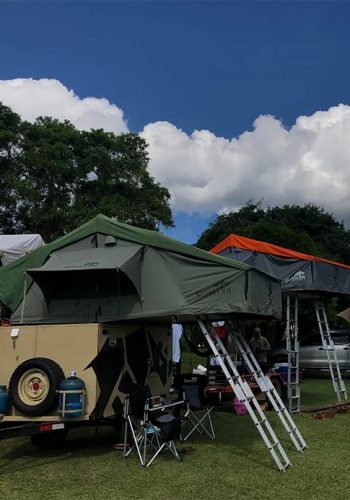The boardroom is the main place for strategic discussions as well as high-level discussions among the company’s top executives. The boardroom could be used to host brainstorming sessions or quick huddles, depending on the size and the culture of the organization.
The responsibilities of a board of directors (B of D) comprise managing a business as well as protecting the interests of shareholders as well as ensuring regulatory and legal compliance, and protecting proprietary information. The B of D find here is a powerful group of people who makes major decisions which affect everyone from company’s employees to the shareholders who own the shares. Boardroom meetings are usually formal and adhere to a strict agenda that is standardized and adhere to Robert’s Rules of Order or other similar parliamentary guidelines.
The term boardroom is used as a reference to a room that is specifically designed to accommodate the board of directors. These rooms are outfitted with large-screen TVs, presentation systems, and other equipment such as Bloomberg terminals that can conduct stock market quotes.
While meeting rooms and boardrooms serve similar purposes however, they differ in a variety of ways in terms of dimensions, layout, technological integration, and much more. By understanding these differences, companies can better plan and manage these spaces to their particular requirements. In addition they can also integrate these spaces into advanced office management software to streamline the reservation and utilization process. This ensures that every team have access to the most efficient spaces for collaboration.





























